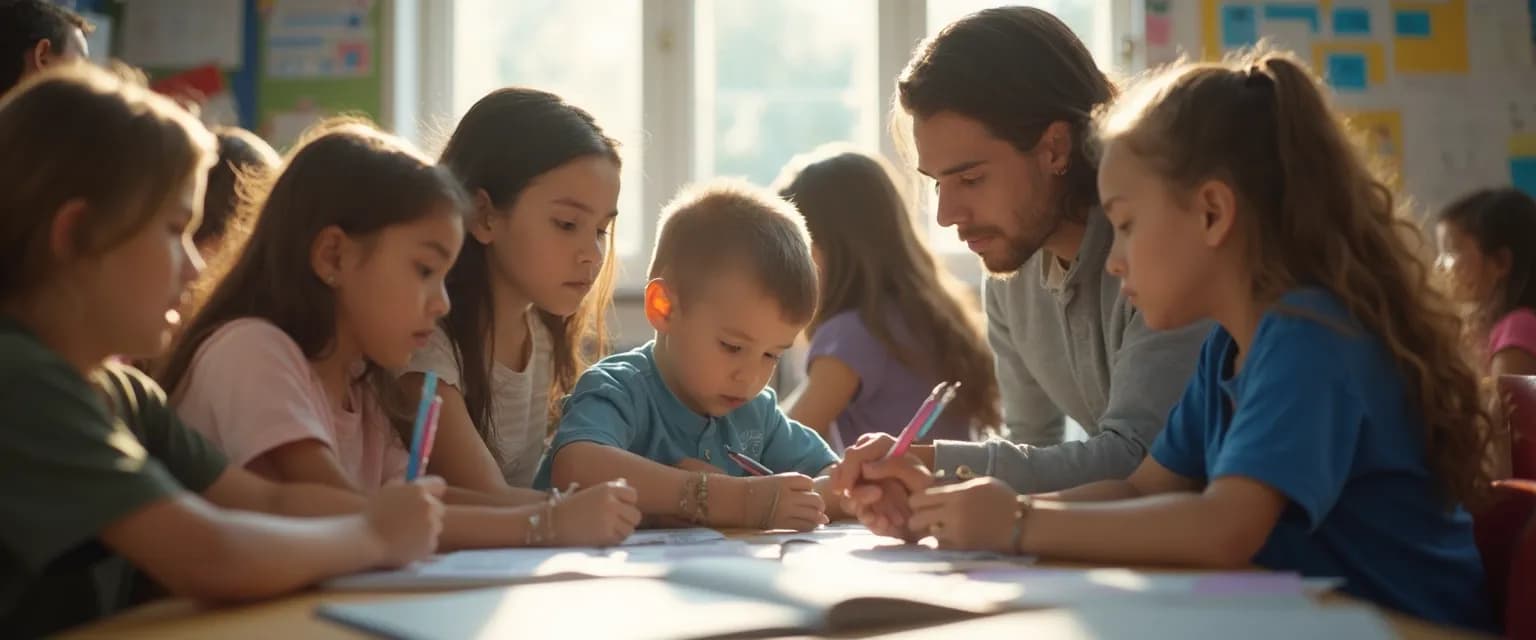Building Confidence in Educational Environments: A Guide for Shy Students
For shy students, finding confidence in educational environments can feel like an impossible mountain to climb. The traditional classroom often rewards those who speak up, leaving quieter students feeling overlooked despite their knowledge and capabilities. Yet developing confidence in educational environments doesn't require becoming the loudest voice in the room. Research shows that confidence grows through multiple channels of expression, not just verbal ones.
Many shy students experience anxiety when faced with public speaking requirements, but this doesn't mean they can't develop strong academic confidence. In fact, building confidence in educational environments happens most effectively when students leverage their natural strengths rather than forcing themselves into uncomfortable situations. The brain creates new neural pathways when we experience small successes, regardless of whether those successes come from speaking aloud or demonstrating knowledge in other ways.
Educational psychologists confirm that confidence grows incrementally, making gradual exposure far more effective than diving into high-stress situations. This science-backed approach means shy students can build the same skills through alternative methods, creating a foundation for long-term confidence in educational environments.
Alternative Methods to Build Confidence in Educational Environments
Developing confidence in educational environments doesn't require public speaking. There are numerous equally effective alternatives that showcase knowledge while respecting different communication preferences. These methods provide the same learning benefits while reducing anxiety that can block cognitive performance.
Digital Participation Tools
Technology offers powerful options for classroom engagement without verbal presentation. Digital discussion boards allow thoughtful, written contributions where shy students often excel. Research shows that many students who rarely speak in class produce exceptional insights when given time to formulate their thoughts in writing. Apps and platforms that enable anonymous question submission also help build confidence in educational environments by separating ideas from personal identity.
Collaborative digital projects present another avenue for meaningful participation. Creating slideshows, digital posters, or video content allows shy students to demonstrate knowledge through preparation rather than spontaneous speaking. These digital confidence building techniques translate to valuable workplace skills while building academic confidence.
Written Expression Techniques
Written participation offers powerful alternatives to verbal communication. Options include:
- One-minute papers submitted at the end of class
- Question cards submitted to instructors
- Prepared notes shared with discussion partners
- Visual concept maps demonstrating understanding
When approaching instructors about participation alternatives, focus on how these methods demonstrate your engagement rather than avoiding participation. Most educators appreciate students who proactively suggest alternatives that showcase their learning. This communication itself becomes an exercise in building confidence in educational environments.
Developing Long-term Confidence in Educational Environments
Building sustainable confidence in educational environments requires strategic planning. Gradual exposure techniques work by starting with minimal-stress participation and slowly expanding comfort zones. For example, a shy student might begin by sharing thoughts with one trusted classmate, then in a small group, before eventually contributing to full class discussions.
This stepped approach works because each small success creates positive reinforcement. The brain literally rewires itself through these experiences, making each subsequent step feel more manageable. Research shows that this gradual approach builds more lasting confidence in educational environments than forcing immediate high-pressure situations.
Another effective strategy involves transferring skills from comfortable to challenging settings. If you excel in written expression, for instance, bringing prepared notes to class discussions creates a bridge between your strengths and areas for growth. This technique helps build self-advocacy skills without overwhelming your nervous system.
For recognizing progress, consider tracking small wins in a dedicated section of your notes. Noting each successful contribution, regardless of how minor it might seem, creates tangible evidence of your growing confidence in educational environments. This practice counteracts our brain's tendency to dismiss accomplishments while amplifying perceived failures.
Remember that confidence in educational environments develops through consistent practice of techniques that work for your unique personality and learning style. By leveraging these alternative strategies, you'll build the same fundamental skills as your more outspoken peers—just through channels that play to your natural strengths. The goal isn't to transform into someone else but to find your authentic voice in educational settings.




